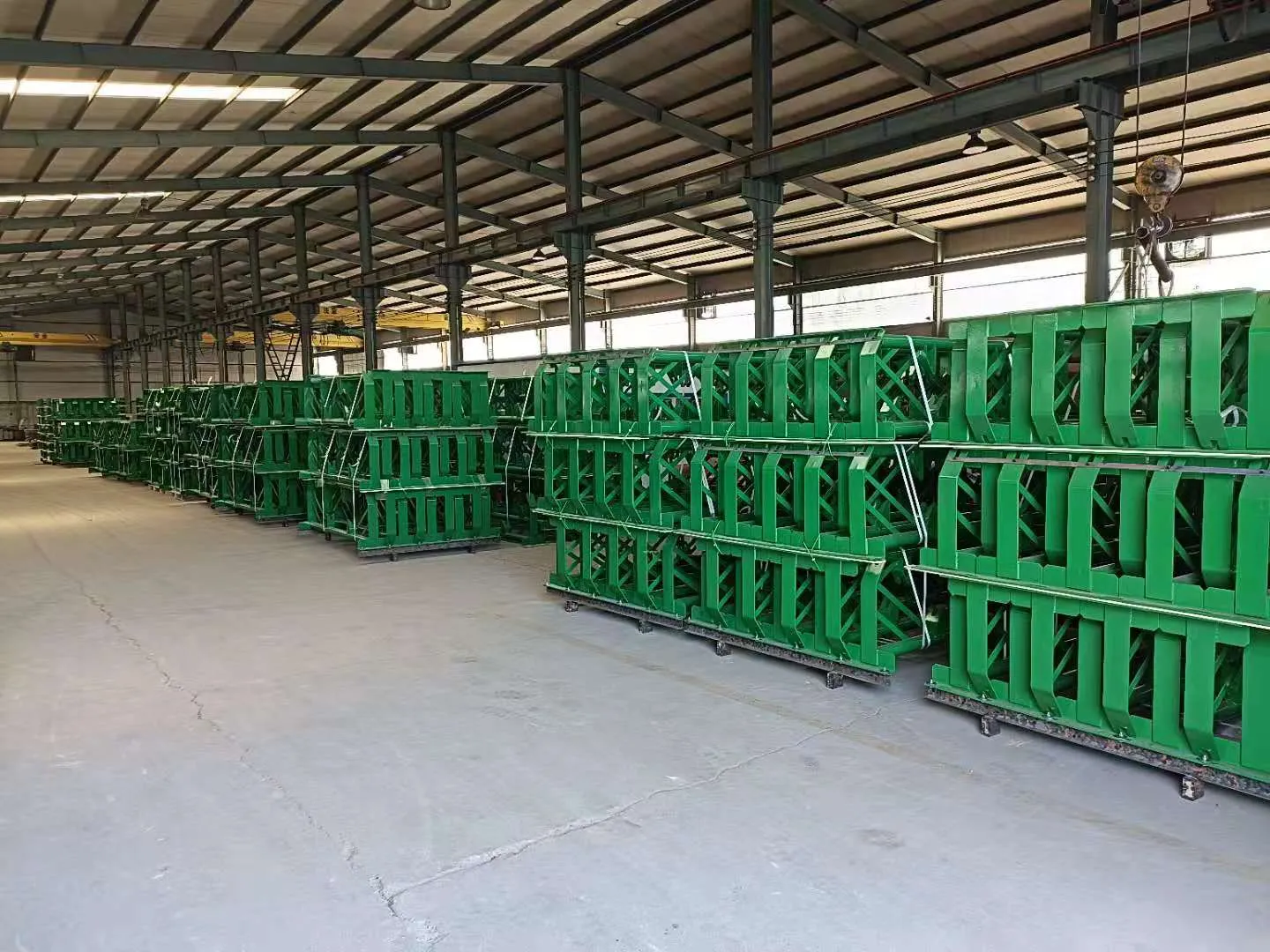 Afrikaans
Afrikaans  Albanian
Albanian  Amharic
Amharic  Arabic
Arabic  Armenian
Armenian  Azerbaijani
Azerbaijani  Basque
Basque  Belarusian
Belarusian  Bengali
Bengali  Bosnian
Bosnian  Bulgarian
Bulgarian  Catalan
Catalan  Cebuano
Cebuano  Corsican
Corsican  Croatian
Croatian  Czech
Czech  Danish
Danish  Dutch
Dutch  English
English  Esperanto
Esperanto  Estonian
Estonian  Finnish
Finnish  French
French  Frisian
Frisian  Galician
Galician  Georgian
Georgian  German
German  Greek
Greek  Gujarati
Gujarati  Haitian Creole
Haitian Creole  hausa
hausa  hawaiian
hawaiian  Hebrew
Hebrew  Hindi
Hindi  Miao
Miao  Hungarian
Hungarian  Icelandic
Icelandic  igbo
igbo  Indonesian
Indonesian  irish
irish  Italian
Italian  Japanese
Japanese  Javanese
Javanese  Kannada
Kannada  kazakh
kazakh  Khmer
Khmer  Rwandese
Rwandese  Korean
Korean  Kurdish
Kurdish  Kyrgyz
Kyrgyz  Lao
Lao  Latin
Latin  Latvian
Latvian  Lithuanian
Lithuanian  Luxembourgish
Luxembourgish  Macedonian
Macedonian  Malgashi
Malgashi  Malay
Malay  Malayalam
Malayalam  Maltese
Maltese  Maori
Maori  Marathi
Marathi  Mongolian
Mongolian  Myanmar
Myanmar  Nepali
Nepali  Norwegian
Norwegian  Norwegian
Norwegian  Occitan
Occitan  Pashto
Pashto  Persian
Persian  Polish
Polish  Portuguese
Portuguese  Punjabi
Punjabi  Romanian
Romanian  Russian
Russian  Samoan
Samoan  Scottish Gaelic
Scottish Gaelic  Serbian
Serbian  Sesotho
Sesotho  Shona
Shona  Sindhi
Sindhi  Sinhala
Sinhala  Slovak
Slovak  Slovenian
Slovenian  Somali
Somali  Spanish
Spanish  Sundanese
Sundanese  Swahili
Swahili  Swedish
Swedish  Tagalog
Tagalog  Tajik
Tajik  Tamil
Tamil  Tatar
Tatar  Telugu
Telugu  Thai
Thai  Turkish
Turkish  Turkmen
Turkmen  Ukrainian
Ukrainian  Urdu
Urdu  Uighur
Uighur  Uzbek
Uzbek  Vietnamese
Vietnamese  Welsh
Welsh  Bantu
Bantu  Yiddish
Yiddish  Yoruba
Yoruba  Zulu
Zulu drum pulley lagging
Drum Pulley Lagging Enhancing Efficiency and Longevity
In the realm of industrial applications, drum pulleys play a pivotal role in the operation of conveyor systems. Their primary function is to support and drive conveyor belts, facilitating the transport of materials across various sectors, including mining, manufacturing, and logistics. However, to maximize the efficiency, performance, and lifespan of these crucial components, the process of lagging becomes paramount.
Lagging is the application of a protective layer on the surface of drum pulleys. This layer typically consists of materials such as rubber or ceramic compounds, designed to enhance friction, thereby improving the grip between the pulley and the conveyor belt. A well-lagged drum pulley not only optimizes the movement of materials but also minimizes wear and tear on the belt, preventing slippage and increasing the overall efficiency of the system.
One of the key benefits of drum pulley lagging is its role in prolonging the lifespan of both the pulley and the conveyor belt
. Without proper lagging, the two components can experience excessive wear due to the constant friction and load they endure during operation. This wear can lead to premature failure, resulting in costly downtimes for repairs and replacements. By investing in quality lagging, companies can significantly reduce maintenance costs and downtime, ensuring smoother and more efficient operations.drum pulley lagging

Moreover, the choice of lagging material can have a profound impact on the performance of the pulley. For instance, rubber lagging is well-known for its excellent traction and shock absorption properties, making it suitable for various applications, particularly in environments where heavy loads are transported. On the other hand, ceramic lagging provides superior resistance to wear and extreme conditions, making it ideal for high-impact and abrasive applications. Selecting the appropriate lagging material based on the specific operational demands can lead to remarkable improvements in performance and durability.
Furthermore, the installation of lagging can also help with noise reduction and vibration dampening, which are often byproducts of conveyor systems. With fewer vibrations and less noise, the overall working environment becomes more pleasant for operators, leading to increased efficiency and productivity.
In conclusion, drum pulley lagging is an essential component in optimizing the performance and longevity of conveyor systems. By enhancing friction, reducing wear and tear, and providing additional benefits such as noise reduction, lagging contributes significantly to the overall efficiency of industrial operations. As businesses strive for greater productivity and reduced operational costs, investing in high-quality drum pulley lagging should be a top priority. Companies that recognize the importance of this often-overlooked aspect of their machinery will find themselves reaping the rewards in terms of reliability and efficiency, ultimately leading to a stronger competitive edge in their respective industries.
-
Revolutionizing Conveyor Reliability with Advanced Rubber Lagging PulleysNewsJul.22,2025
-
Powering Precision and Durability with Expert Manufacturers of Conveyor ComponentsNewsJul.22,2025
-
Optimizing Conveyor Systems with Advanced Conveyor AccessoriesNewsJul.22,2025
-
Maximize Conveyor Efficiency with Quality Conveyor Idler PulleysNewsJul.22,2025
-
Future-Proof Your Conveyor System with High-Performance Polyurethane RollerNewsJul.22,2025
-
Driving Efficiency Forward with Quality Idlers and RollersNewsJul.22,2025





























